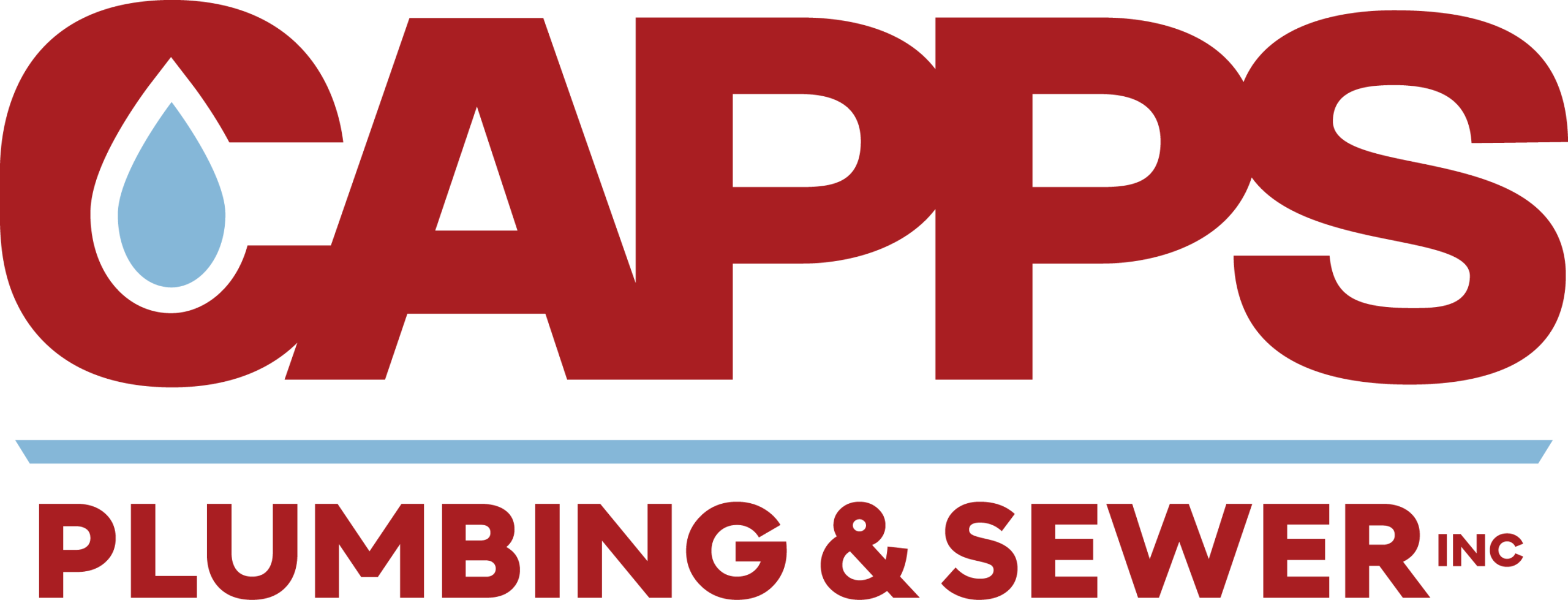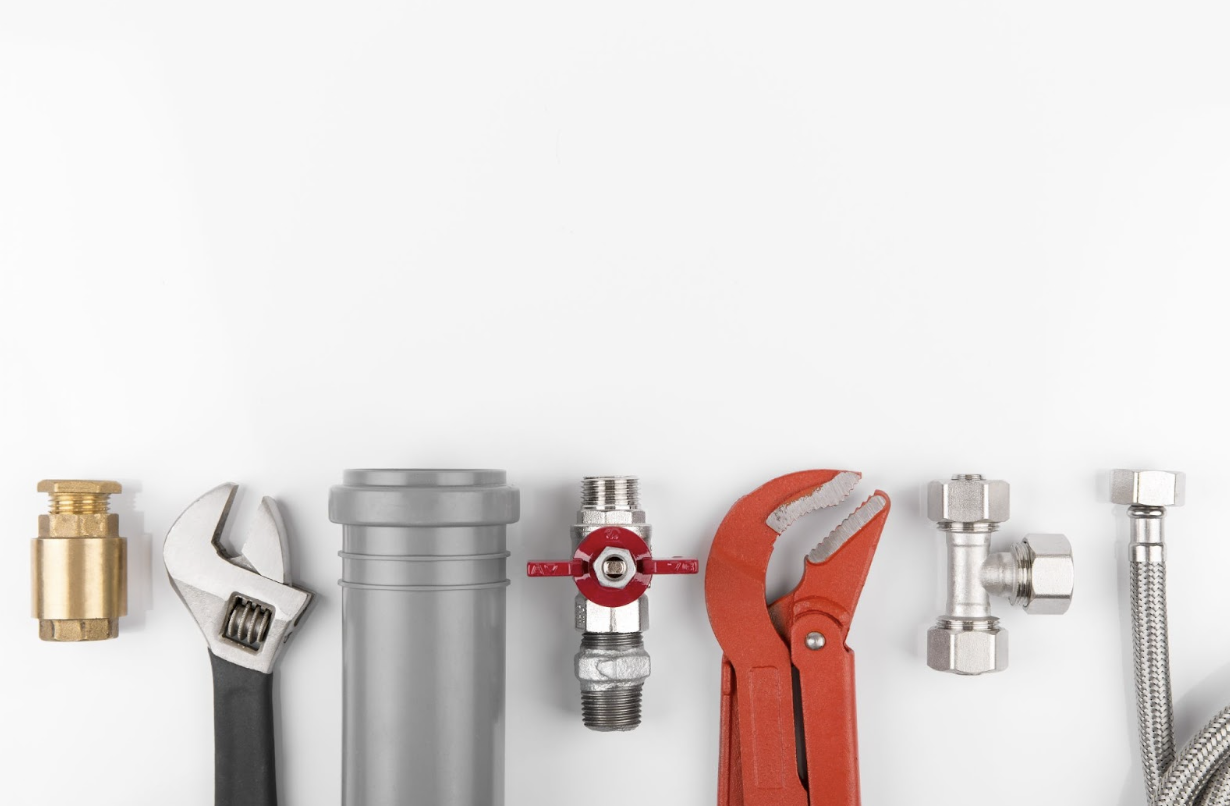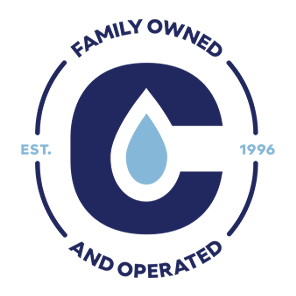Dealing with a leaking pipe can be stressful and overwhelming, especially if you don’t have the right knowledge or tools to fix it. But fear not! In this blog, we’ll provide you with expert advice on how to handle pipe fixes like a pro. From the first response to a leaking pipe, where we’ll help you identify the type of pipe you’re dealing with, to choosing the right repair method, such as using pipe wrap tape for a quick fix or employing epoxy putty for a more durable solution. By the end of this blog, you’ll feel confident and equipped to tackle any pipe repair situation that comes your way.
The First Response to a Leaking Pipe
The first and most crucial step when dealing with a leaking pipe is to immediately turn off the water supply. This will help prevent further damage and minimize the potential for flooding. After shutting off the water, assess the severity of the leak to determine if it can be temporarily fixed or if professional help is required. For minor leaks, you can use tools such as pipe clamps or epoxy putty as temporary solutions until a permanent fix is implemented. However, for major leaks or if you are unsure how to proceed, it is best to call a professional plumber who has the expertise and necessary tools to handle pipe repairs. Once the leak is fixed, it’s important to take preventive measures like insulating pipes in cold weather and regularly checking for signs of leaks to avoid future issues.
Identifying the Type of Your Pipe
When faced with a leaking pipe, the first step is to identify its type. Common types of pipes include PVC, copper, galvanized steel, and PEX. PVC pipes are often used in drainage and irrigation systems and can be repaired with PVC glue or replacement fittings. Copper pipes, commonly used for water supply lines, can be fixed with soldering techniques or compression fittings. Galvanized steel pipes, being older, may require more extensive repairs, such as replacing sections of the damaged pipe. PEX pipes, on the other hand, require specialized tools like crimping or expansion fittings for repairs.
Choosing the Right Method for Pipe Repair
When it comes to pipe repair, it’s important to choose the right method for the job. Start by evaluating the extent of the damage to determine the appropriate approach. Factors like time and accessibility should be considered. Common methods include epoxy lining, pipe relining, and traditional excavation. It’s always a good idea to consult with a professional plumber or pipe repair specialist for expert advice.
Using Pipe Wrap Tape for a Quick Fix
Pipe wrap tape is a solution for temporarily fixing leaks or cracks in pipes. Made of self-fusing silicone, it creates a watertight seal on the damaged area. To use pipe wrap tape, clean and dry the affected section before wrapping the tape tightly around it, overlapping each layer for maximum effectiveness. Applying firm pressure ensures a secure bond. While pipe wrap tape provides a temporary fix, it’s important to consider more permanent solutions like pipe replacement or professional repair.
Employing Epoxy Putty for Durable Repair
Epoxy putty offers a versatile and long-lasting solution for pipe repair. Whether dealing with leaks, cracks, or damage in metal or plastic pipes, epoxy putty can provide a durable fix. It comes in a two-part formula that needs to be mixed before application. Once mixed, the putty can be molded and shaped to fit the area in need of repair. After applying the epoxy putty, it should cure for the recommended time before turning on the water supply. Following the manufacturer’s instructions is crucial for proper application and curing.
Implementing a Pipe Repair Cast for Severe Leaks
When faced with severe leaks in pipes, one effective solution is to implement a pipe repair cast. These casts are made of durable materials that offer long-lasting fixes for leaks. Before applying the repair cast, it is crucial to clean and dry the damaged area of the pipe. Follow the manufacturer’s instructions to ensure a proper seal.
How to Prevent Future Pipe Leaks?
To prevent future pipe leaks, regularly inspect your pipes for signs of damage. Properly insulate and protect pipes in colder climates to prevent freezing and bursting. Avoid disposing of grease, oil, and other clog-causing materials. Consider installing a water pressure regulator to prevent excessive pressure that can lead to leaks.
The Importance of Regular Maintenance and Early Detection
Regular maintenance plays a vital role in preventing future pipe leaks. It is important to inspect your pipes regularly for any signs of wear, corrosion, or leakage. Addressing minor issues immediately can prevent them from escalating into major problems. Hiring a professional plumber for an annual inspection is a proactive approach to maintaining the integrity of your pipes. Act swiftly if you notice any signs of a leak, such as dampness, mold, or a sudden increase in water bills.
Would Hiring Professional Help Be More Beneficial?
Hiring a professional for pipe fixes can offer numerous benefits. With their expertise and experience, professionals can accurately diagnose and fix pipe issues. They also have access to specialized tools and equipment, ensuring efficient and effective repairs. Hiring a professional saves time and effort in getting the job done right.
Conclusion
In conclusion, when it comes to pipe fixes, it’s important to act quickly and choose the right repair method based on the type and severity of the leak. Whether you opt for a quick fix using pipe wrap tape, a durable repair with epoxy putty, or a more extensive solution like a pipe repair cast, make sure to follow the correct procedures for effective results. Additionally, don’t forget to test your repairs and clean up properly afterward to ensure safe and hygienic conditions. And remember, regular maintenance and early detection can help prevent future pipe leaks. Contact us today at Capps Plumbing and Sewer inc!




